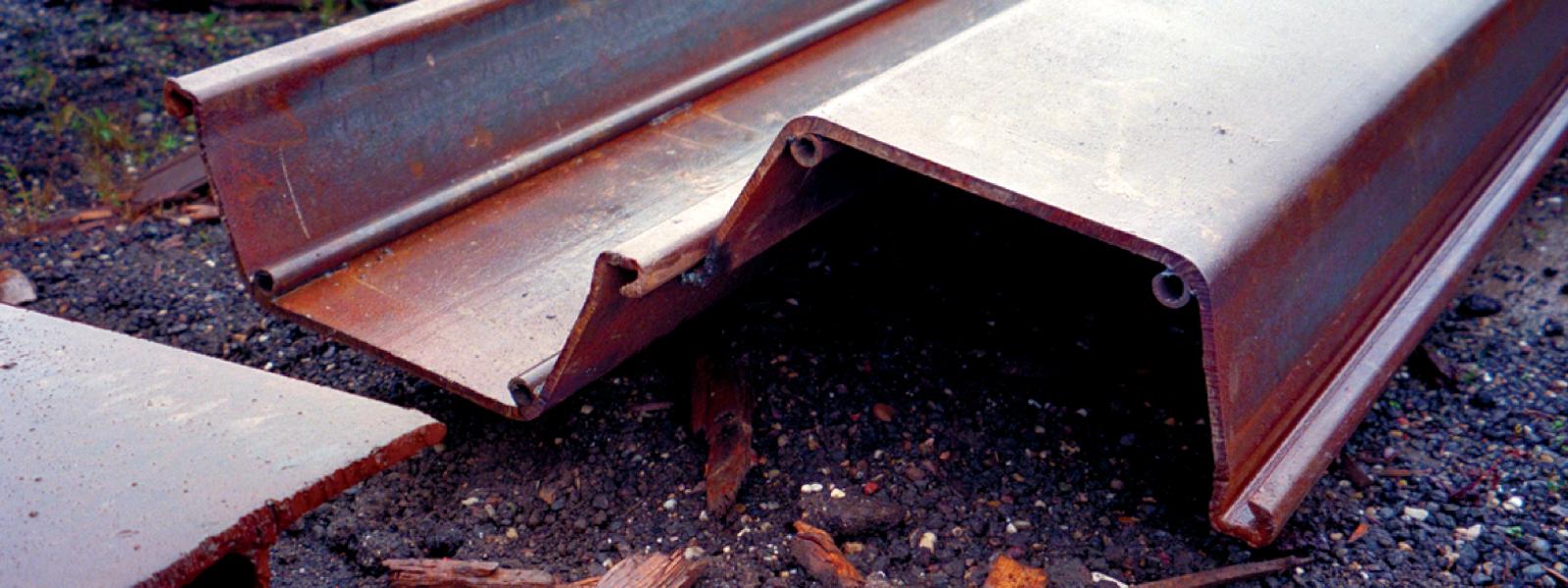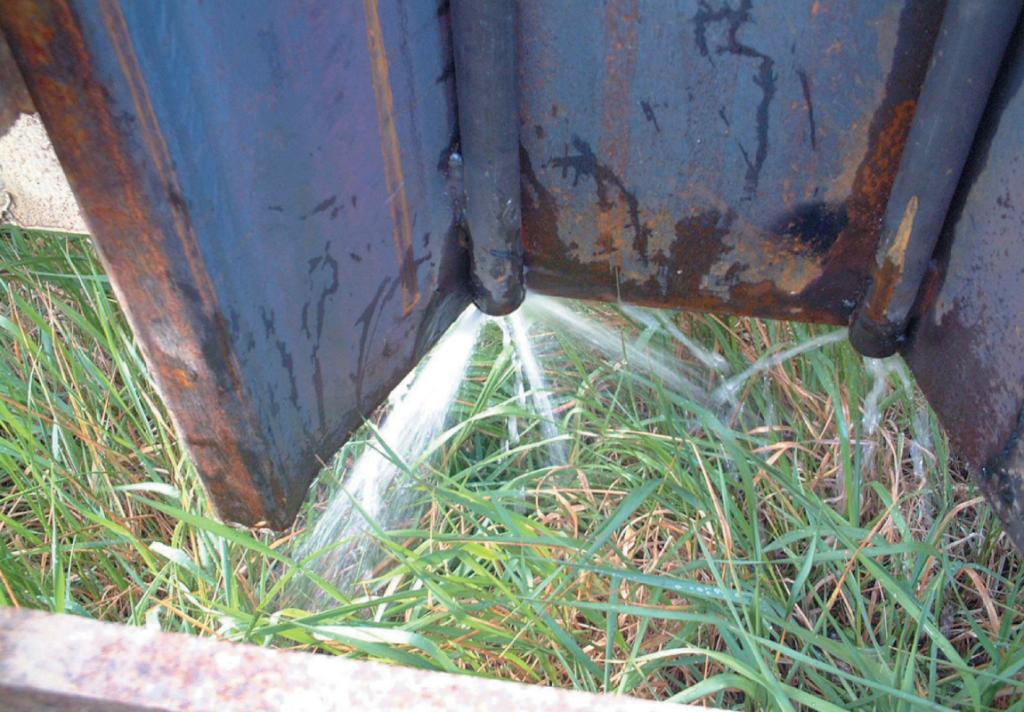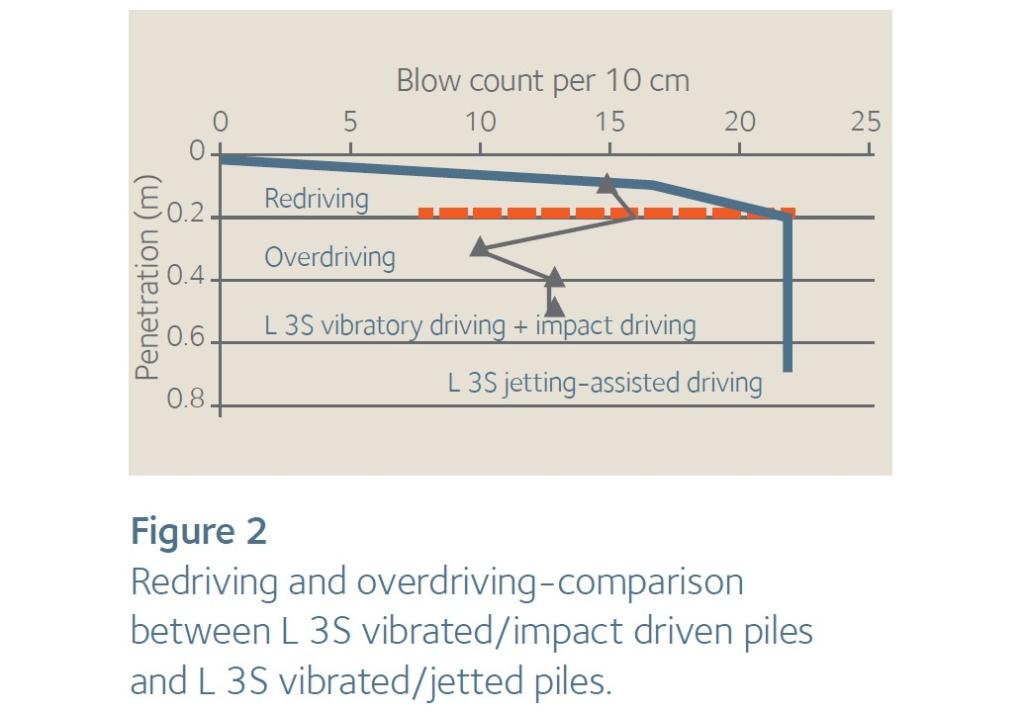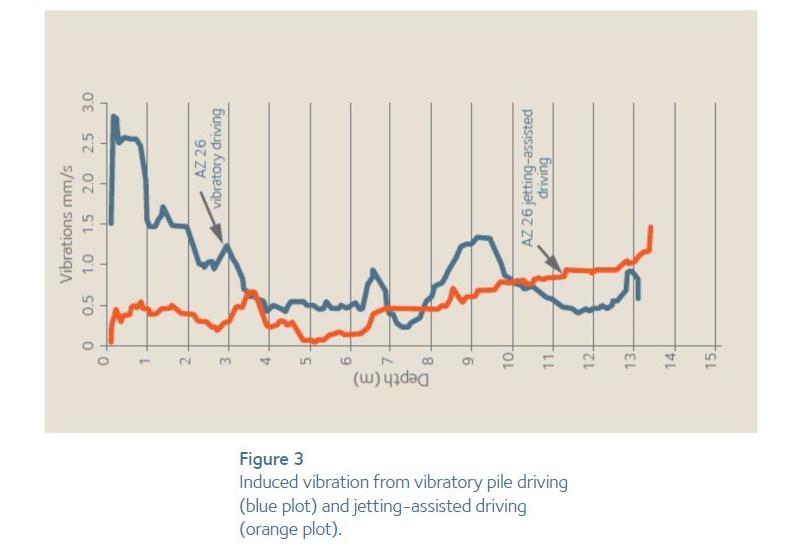Jetting-Assisted Sheet Pile driving
Jetting as an aid to sheet pile installation
Although jetting-assisted sheet pile driving is a known technique, the results obtained with it are too often held confidential or lost in the unfathomed depths of archived projects. Because information is not generally made sufficiently public, the technique does not get the attention it deserves, and when it actually is used, the methods tend to be contractorspecific, not taking account of the results of broader research and experience by others.
This brochure is merely intended to make public the results of experiments instigated by ArcelorMittal in France, experiments which back up previous studies by geotechnical experts in Germany, to disperse any doubts project owners and designers might have about the technique, and to highlight some basic guidelines for contractors.
Questions people have about jetting assisted sheet pile driving are:
- what are the advantages of the technique?
- what kinds of soil are suitable for the technique?
- what are the principles for optimizing the jetting technique for different soil types?
- what happens to the surrounding ground?
The paper “Jetting-Assisted Sheet Pile Driving” reprinted below was presented at the 9th International Conference on Piling and Deep Foundations held in Nice in June 2002*.
It sums up the results of instrumented trials carried out between 1998 and 2001 on four sites under different geological conditions:
- clay at Mittersheim, in eastern France
- gravel at Strasbourg, near the Rhine
- sand and gravel at Lyon
- molasse at Toulouse.
* Minor editorial change in December 2013



 English
English
 German
German
 French
French




